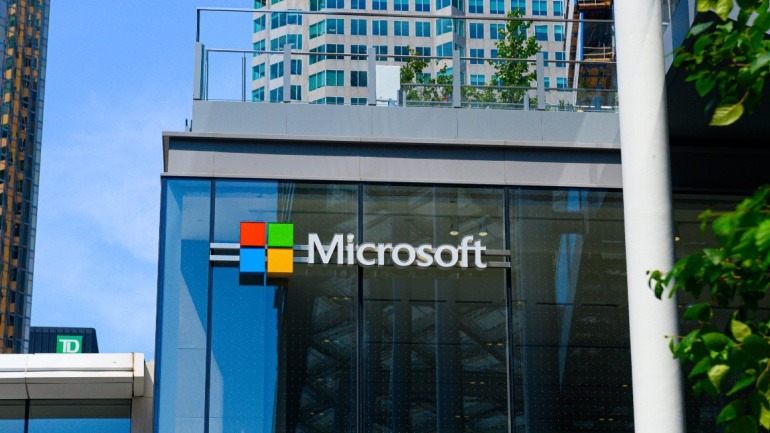The Australian Government has announced a strategic partnership with Amazon Web Services (AWS) to boost the country’s cybersecurity capabilities. This collaboration comes with an investment of at least $2 billion over the next decade.
The initiative involves establishing a Top Secret (TS) AWS cloud infrastructure in Australia. The government will move its secret intelligence data to this platform in collaboration with the Australian Signals Directorate, a government intelligence agency.
This new cloud platform aims to improve the resilience of ICT services for the Australian government and is expected to create up to 2,000 local jobs. The TS Cloud will enhance the secure storage and analysis of Australia’s most sensitive data, leveraging advanced technologies like artificial intelligence and machine learning. This move is also anticipated to strengthen the defense department’s communication networks and foster closer collaboration with allied nations such as the UK and the US, who already use AWS cloud services.
Defence Minister Richard Marles emphasized the importance of this partnership in a press release, stating that the deal would boost “interoperability” with the US and help ensure a more resilient, capable, modern, and potent defence force in the future.
Australian Prime Minister Anthony Albanese also spoke about the significance of this investment. “My government is bolstering our defence and national intelligence community to ensure they can deliver world-leading protection for our nation,” he said. “We face a range of complex and serious security challenges, and I am incredibly proud of the work our national security agencies undertake on a daily basis to keep Australians safe. We must never underestimate their value and importance. That is what this investment today is about.”
AWS plans to engage local businesses in designing and building the TS Cloud. This will offer new opportunities for innovation in cybersecurity, data analytics, and cloud computing within Australia. Additionally, AWS has committed to other infrastructure investments in Australia, including a planned $13.2 billion by 2027, and a previous $9.1 billion invested since its launch in 2011, further supporting local job creation.







